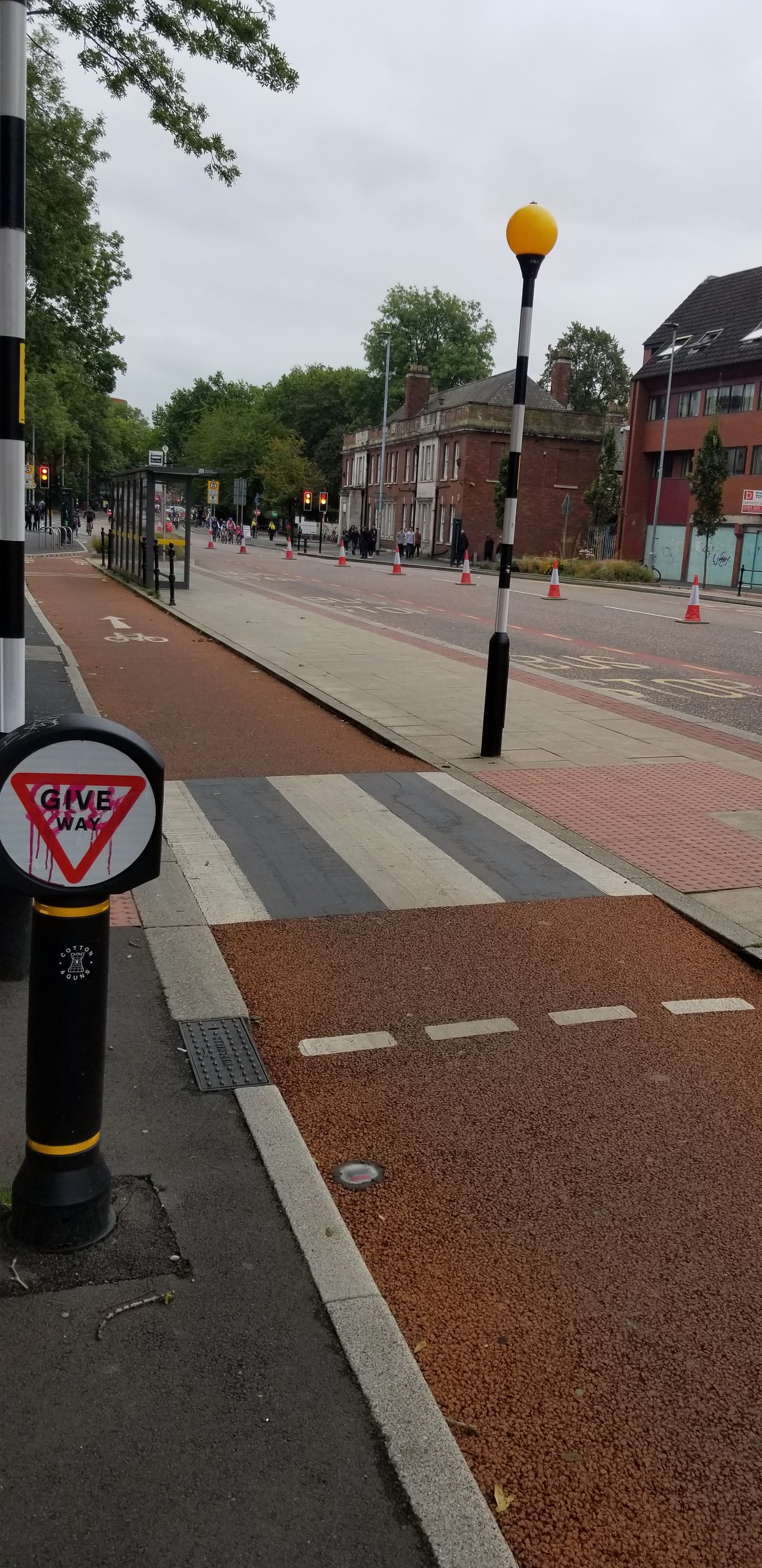Active Travel England have published their monitoring requirements for the latest round of funded walking and cycling schemes. These are modelled closely on techniques developed by Sustrans but in some cases go even further in requiring that schemes are evaluated thoroughly.
These requirements are likely to be replicated for future funding rounds and may influence requirements for other funding streams, so what are they and what do they mean?
Prior DfT guidance suggested that local authorities use automated counters installed on new infrastructure to record bicycle flow, but manual counts for pedestrian flows. These aimed to build up a before & after picture of changes in use. For automated counts the DfT steered local authorities towards loops, tubes, Piezoelectric counters or radar all of which can deliver bicycle counts but not pedestrian numbers.
So what’s changed?
- Active Travel England want both cycling and walking data both for where the scheme is being built and a comparison site (where no new scheme is being built) with both sites including count data before construction (baseline data collection)
- ATE are now talking about “sensors” installed at the roadside to monitor both walking and cycling use, there is a recognition that technology has evolved to allow both modes to be monitored even in complex locations.
- Authorities are now expected to share count data with ATE for monitoring and evaluation purposes. For sensors, authorities will need to include costs associated with setting up and/or utilising an existing application programming interface (API).
- Authorities will also be expected to continue collecting data once the monitoring and evaluation programme has finished to continue to learn how the network is being used and the longer-term impacts.
Streets Systems Sensors already feed data via an API to Sustrans and we expect the method of transferring data to Active Travel England to be very similar. Setting up an API for this transfer will be provided free of charge for all our customers.
We’re currently coming to the end of a rollout of Sensors for Transport North East which monitor not only walking and cycling but also other “wheeling” street users and where in view, motor traffic flows. We are also covering every School Street in Newcastle monitoring behaviour change and compliance with restrictions. These same sensors can meet any requirements from Active Travel England using sophisticated AI Object Recognition technology to produce anonymised counts 24 hours per day.
We can also support customers with other data collection required for Active Travel Fund schemes such as:
- Road User Intercept Surveys (RUISs) to understand who is using the new infrastructure
either undertaken using existing industry transport choice surveys or with bespoke questions. - Short intense studies of junctions and movement to map behaviour around a location and support design work.
- Studies or sensor installations to identify near miss incidents or road user friction to support road safety improvements.
Clearly we’re not the only manufacturer of sensing equipment that can monitor walking and cycling use, in selecting a supplier you might want to consider the following:
- Does the technology use camera based technology or radar / piezoelectric? These other techniques can in some cases count pedestrians where there is a very simple flow (like a traffic free path) but are less suitable for more complex environments.
- If you are considering camera based detection does the system use modern AI object recognition technology or older techniques based on background subtraction? Sorry to get technical, but the more complex a scenario gets, the more appropriate AI technology becomes. You can recognise older style hardware as it tends to look vertically down on a footway or cycleway, whereas AI hardware will tend to look into the traffic flow.
- What power supply is available? AI sensors tend to use around 12 Watts of power, so around the same as a lightbulb but enough to make off grid installation difficult. They can run on batteries for a while but as a minimum you need mains power for at least part of the day.
Clearly we’re biased but we also know that from our base in Newcastle we manufacture the most cost effective AI sensor on the market. We support anonymised scheme monitoring across the UK. Get in touch if you’d like to chat through the monitoring of your Active Travel Schemes.



